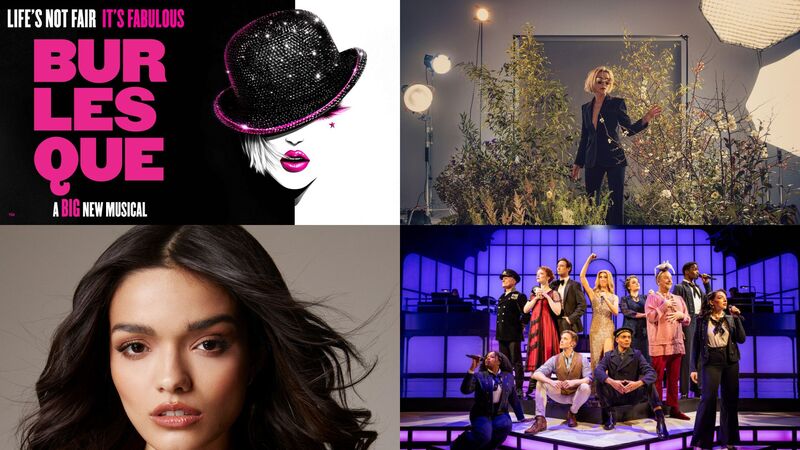Viewed through the prism of our contemporary society (which obsessively sexualises female youth, whilst simultaneously claiming to be scandalised by pedophilia), it is perhaps too easy to conclude that the Reverend Dodgson's interest in Alice wasn't entirely wholesome. Some scholars point to the fact that he didn't marry, as evidence of unseemly inclinations. Others defend the 'naturalness' of his leanings by referencing the assignations detailed in correspondence he maintained with several young, but most definitely adult, women. His diary entries covering specific periods (including a breakdown in relations with Alice's family for several months during the summer of 1863) were destroyed by overzealous family members after his death, so it is unlikely we shall ever know the absolute truth. But the subject continues to provide rich pickings - both directly and indirectly - for those who write for the stage. Peter and Alice and The Nether were masterfully produced in the West End in recent years, and now a young group has ventured their own imaginative, modernised spin on the topic.
The Landor in SW9 - looking fresh and vibrant after a recent makeover - plays host to a cast of nine players, guided deftly by director Or Benezra-Segal, on a set which is both masterfully simple yet dizzyingly complex... more of this in a moment. Played in the round, Alice marks the debut play for the Three Trees Theatre Company and promises great things if this first fringe foray is any indication.
A group of friends are enjoying a surprise birthday celebration for Lewis - with drinks and cocaine serving to lubricate their rumbustious, bohemian conversation - until the arrival of their neighbour's young daughter Alice, who comes bearing a gift, whilst promising to only stay for ten minutes. The frozen moments and flashbacks which follow, reveal a previously acknowledged two-way infatuation and undercurrents redolent of Lolita, imbuing tension and threatening to destabilise proceedings.
Both low chairs and high stools are provided for audience members; these are ranged around the space surrounding the central circular plinth on which the action takes place. Atop this is a round table, around which, each actor sits on a cylindrical pouf. To ensure that everyone enjoys a variety of views of the actors and the action, the plinth slowly revolves. Simple but exceedingly effective. The necessity for props (most notably a plethora or wine glasses and bottles to convey the environment during the various party games), makes this show an accident waiting to happen. Happily, any haphazard occurrences seem to fit the general party chaos and in no way inhibit the flow or unduly distract from the intended focus.
All the performers (Michael Addo, Jonna Blode Hanno, Laura Thomasina Haynes, Malcolm Jeffries, Tim Jennings, Maja Laskowska, Mollie Macpherson, Sarah Rickman and Fraser Wood) give a good account of themselves with believable, wholly-fleshed characters. Particularly noteworthy scenes include Lewis' disquieting request to photograph 16-year old Alice and an homage to the hookah-smoking caterpillar in which Peter asks Alice to explain why she doesn't know who she is, whilst sprawled on the poufs and enveloped in clouds conjured by the vape-smoking cast. This sort of imaginative and inventive theatricality demonstrates what can be accomplished on a shoe-string budget by a company fully engaged with their subject. A terrific effort all-round.

 Much has been written in recent decades about the possible relationship permutations which existed between Charles Dodgson (Lewis Carroll) and his muse, the 6-year old Alice Liddell, who was the basis for his Alice in Wonderland stories.
Much has been written in recent decades about the possible relationship permutations which existed between Charles Dodgson (Lewis Carroll) and his muse, the 6-year old Alice Liddell, who was the basis for his Alice in Wonderland stories.



 This 2017 pantomime at the Wimbledon theatre is back in the hands of producers Qdos, replacing First Family Entertainment who have brought a series of American stars to the venue in recent years.
This 2017 pantomime at the Wimbledon theatre is back in the hands of producers Qdos, replacing First Family Entertainment who have brought a series of American stars to the venue in recent years.